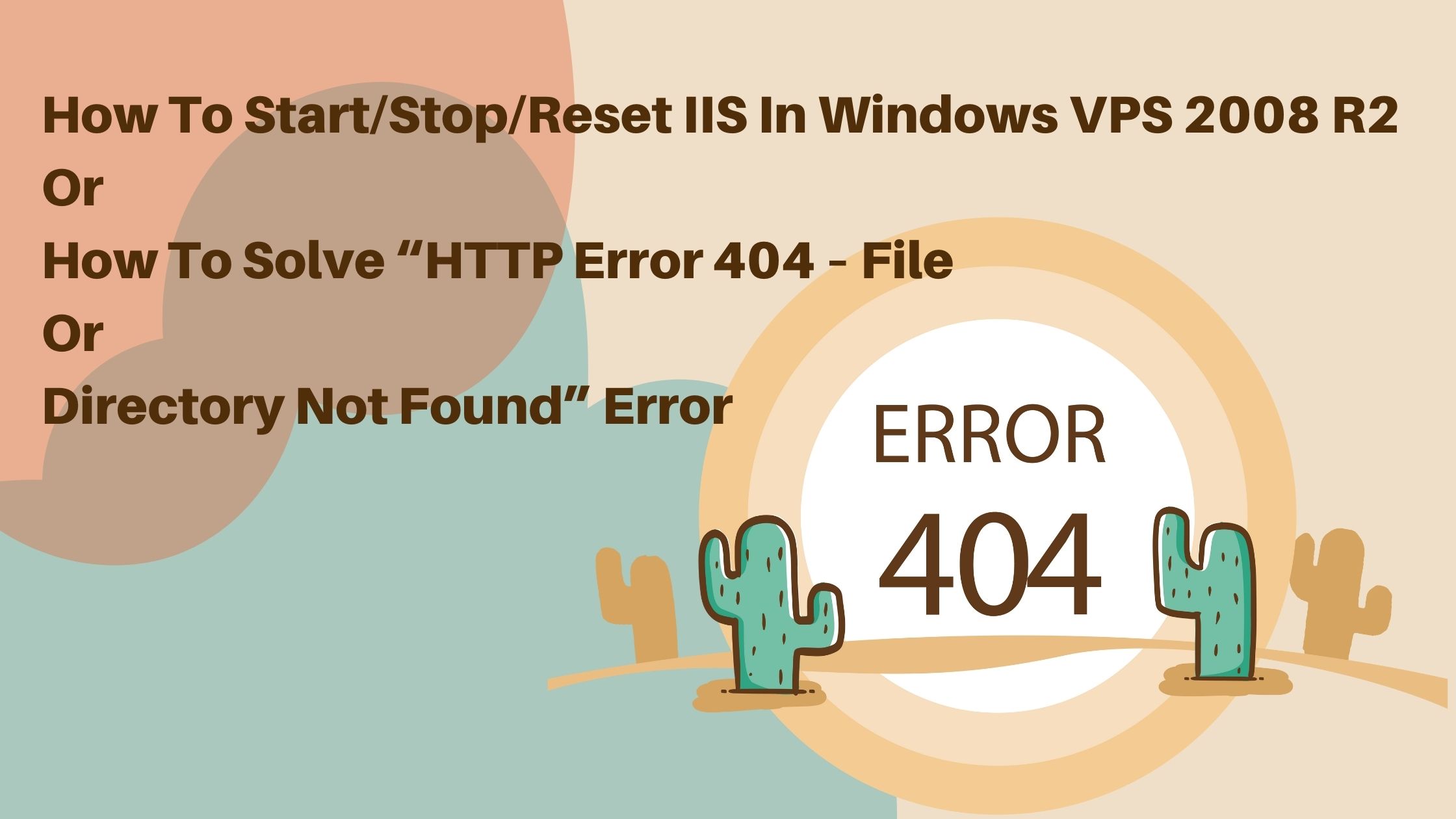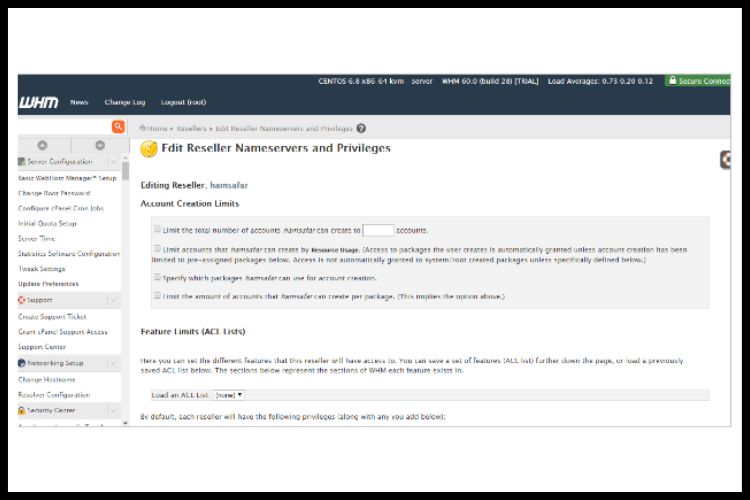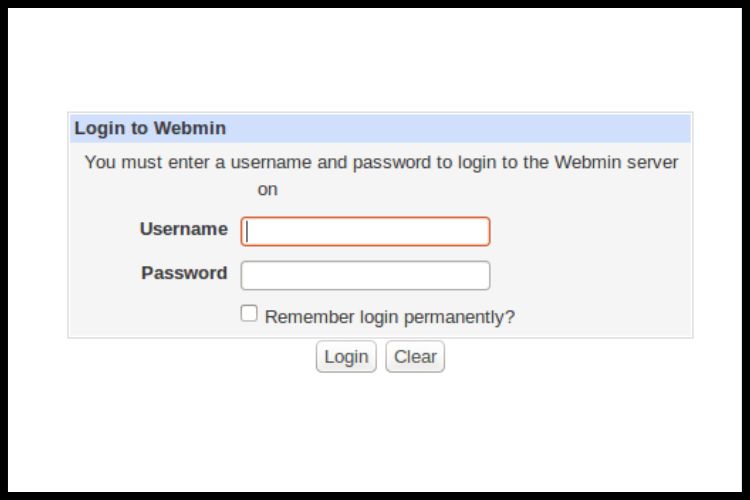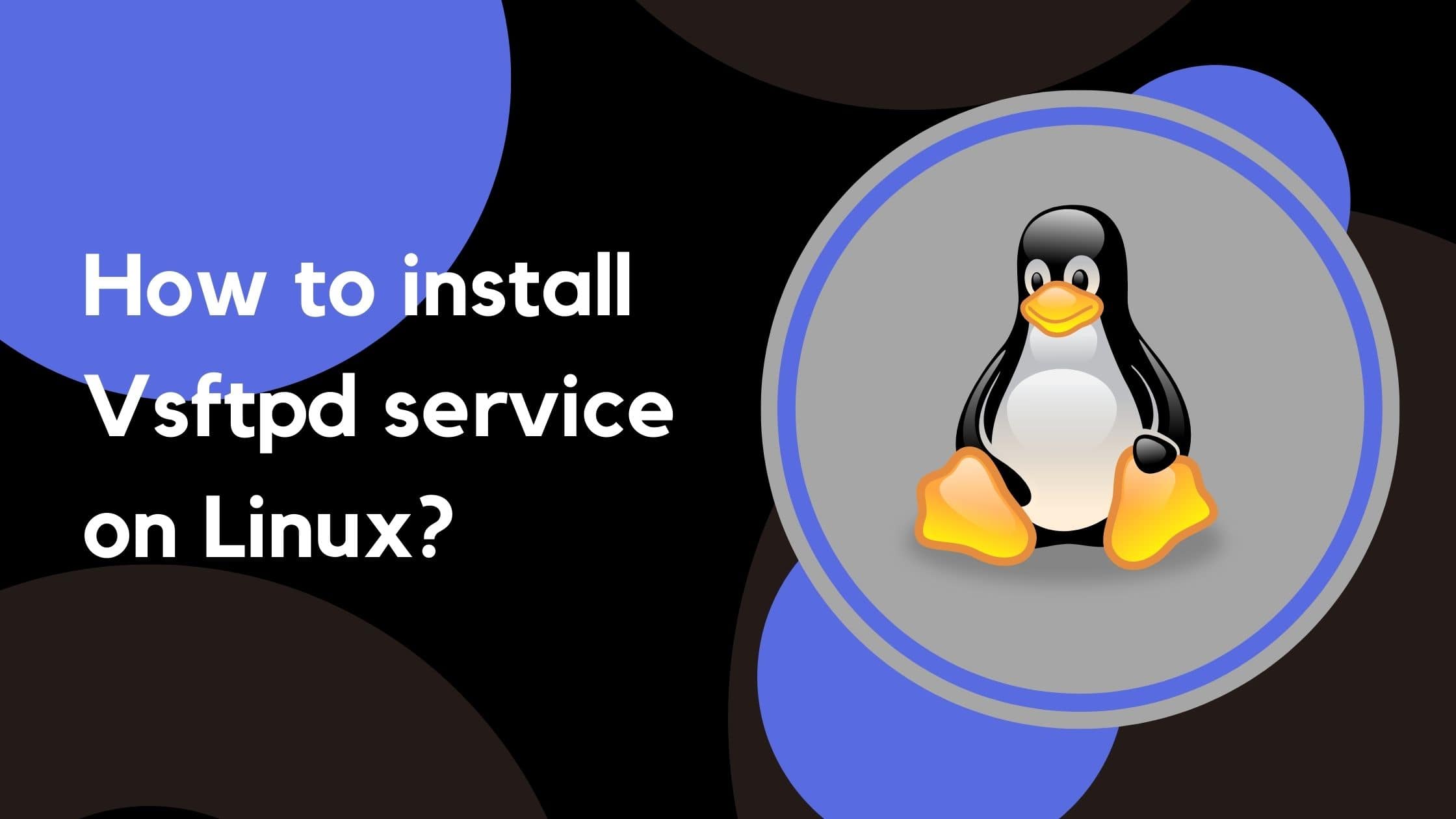How to Start/Stop/Reset IIS in Windows VPS 2008 r2 or How to solve “HTTP Error 404 – File or Directory not found” error
We can easily Start/Stop/Reset IIS in Windows VPS and also get solve the “HTTP Error 404 – File or Directory not found” error below steps:
Step 1:-
Login into your Window Server with a proper login ID and password.

Step 2:-
Open Command promt with Run as Administrator, it’s shown below.

Step 3:-
Once you open Command promt with Run as Administrator, it will show like the below screen. Just type the command:
- iisreset /start : If you want to start IIS.
- iisreset /stop : If you want to stop IIS.
- iisreset /reset : If you want to restart IIS, please see in below screen.

Step 4:-
With the help of the above step we can solve the “HTTP Error 404 – File or Directory not found” error.

Step 5:-
If still you are facing the issue, please do one last step for a particular website. Go to server IIS >> sites, you will see your domain. Please see the below screen for example if the domain is abc.com then just follow the below step.
Click on your domain which is present on your left side, and just click Restart. It has shown below screen. Your website “HTTP Error 404 – File or Directory not found” error will solve.

Conclusion
Still confused about how to start/stop/reset IIS in Windows VPS 2008 R2 or how to solve “HTTP Error 404 – File Or Directory Not Found” error? Contact Ideastack now.
Frequently Asked Questions
Q1. What is Windows server?
Businesses generally use the Windows server, which is simply the regular Windows operating system with the exception that it is used on a server. When using Windows server, there are less hardware restrictions than when using standard Windows software.
Q2. What are Windows VPS servers?
As like a dedicated server, a VPS/cloud server is one of the most economical and user-friendly hosting alternatives, it allows you to have your own area on the entire server.
VPS stands for Virtual Private Server. Your domain exists in a separate world on a VPS. The goal behind a VPS is to give you ample space without interfering with other users on a shared server.
Q3. What are the benefits of using Windows VPS hosting?
- Speed
- Cost-effectiveness
- Other users do not drain your resources
- Higher level of security
- More admin control
- Easy upgrade
- Easy to use


















